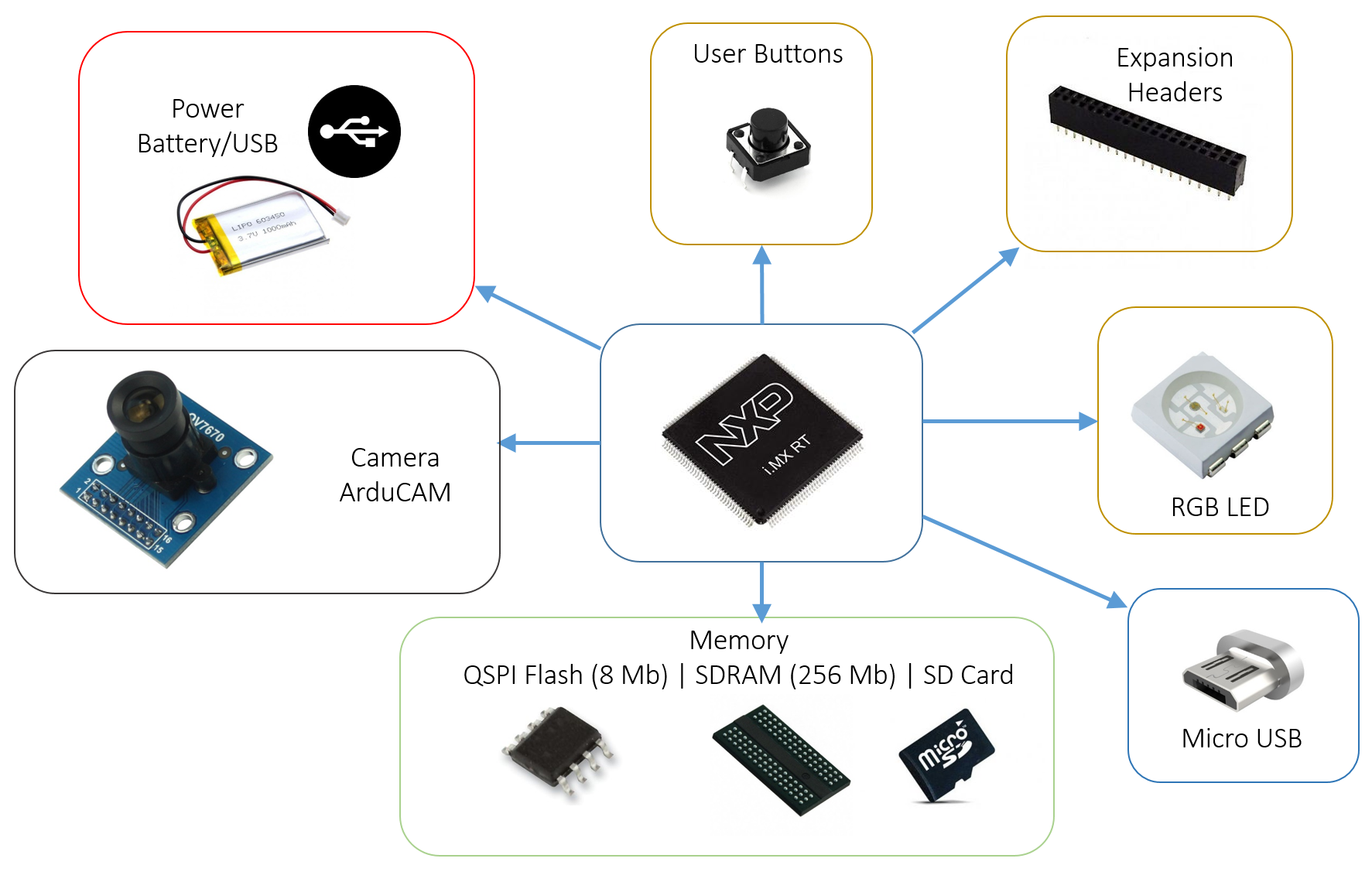As our population increases, and our forest spaces shrink, there is increasing competition for resources. Habitat losses and fragmentation cause elephants in the forest to spread out to find food and water. In India according to the Ministry of Environment and Forests more than 400 humans and 100 elephants die every year due to conflicts with human settlements (ref). The same report estimates crop loss in 100s of crores of rupees. A majority of the death and injury due to elephants is due to the two parties not knowing that they are in close proximity with each other, like the story of this schoolgirl. Crop loss due to elephants has now become a routine hardship that many farmers have to face.
A primary need is accurate early warning and deterrent systems that can alert stakeholders (farmers, wildlife-rangers) to elephant movements, so they can protect lives, and take measures to protect their crop. Apart from generating a warning, data collection on the frequency and extent of elephant migrations, raids and losses would go a long way in analyzing the situation, coming up with a tailor-made solution for each region and provide evidence for getting compensation from the government. A potential tech based tool that can provide assistance for this problem would be a camera trap.
Camera traps have been widely used in wildlife conservation and scientific research for decades now. It has enabled a non-intrusive method to capture rare events in remote locations. Unfortunately still the technological development of camera traps are driven by the North American hunting market[1]. Even though there has been a research papers[2] describing how an ultimate camera trap should be, we don't think there is one in the market meeting all these specifications. In case of Human-Elephant Conflict, an important feature would be the ability to run a classification algorithm to detect elephants locally on the camera trap to provide warning.
We stumbled upon NXP’s crossover processor, the i.MX RT1050 based on an ARM Cortex M7 core, as an exciting SoC bringing the low power and high performance worlds together. The RT1050 seemed like a very good option to build a low-cost low-power camera trap. The existing evaluation board by NXP seemed a bit unwieldy in terms of the form factor for our purpose. Considering the fact that there are no open source hardware designs for camera traps out there, we decided to build our own by building a minimalist board around the RT1050. We decided to retain the best parts of the eval board while reducing the size. Another motivation in building this board was also to push our own boundaries of knowledge as hardware engineers.
While planning out our design, we had several discussions about key features which would benefit the community as well. Some of these include:
- A Raspberry Pi Hat compatible Expansion connector: To enable people to utilize the full potential of the existing Raspberry Pi Hats ecosystem.
- ArduCAM compatibility: To support a wide range of camera modules from 0.3MP to 14MP.
- Breaking out all other peripherals including LCD, Audio, USB, CAN, and Ethernet onto an interfaces expansion header.
- A lot of 0 Ohm resistors to allow customizations.
- Boot mode DIP switches to configure boot options.
In general, we tried to optimize our design for a camera trap use case while at the same time offering flexibility to anyone else as excited as us to work on a minimal setup to tinker with the i.MX RT 1050 SoC.
TL;DR
- Camera traps are expensive: iMX.RT enables for a quantity of 100 a beastly SoC platform + memory for an unheard of price of about 10 USD (SoC + QSPI NOR Flash + SDRAM). This provides a good balance of providing enough processing bandwidth and peripheral capabilities for expandability while still remaining low cost.
- Camera traps are power hungry: iMX.RT’s power consumption is significantly lower than competitors Cortex M7 based platforms. While SoCs running Linux is a no-go for camera traps for their high power consumption and long wake up time, iMXRT consumes about 200 mW running a camera application and has a low deep sleep power consumption of about 20 uA.
- Camera traps are limited to low resolution images: iMXRT has a full-fledged Camera Sensor Interface (CSI) [not MIPI CSI] peripheral for an ARM Cortex M based platform that is capable of high resolution image sensor interface. Also the ability to use SD cards upto UHS-1 standard provides high speed storage capability for the images/videos captured.
- Camera traps are non-modular: None of the camera traps available on the market provide capability for changing any part of their hardware. With the modular connectors of the Haathi board we can change/upgrade the sub-systems such as the image sensor system, external wireless communication and image trigger interface.
- Camera traps are not open source: Making both the hardware and software open source provides community collaboration to provide contributions. This can be to tinker & improve the hardware and also to collaborate on the software development, say for developing elephant detection algorithms.
- By the community, for the community: Finally Haathi board is made by the open-source enthusiast maker community for our fellow makers.
Here is an overview of the Haathi Board that we are developing.

 Prithvi
Prithvi